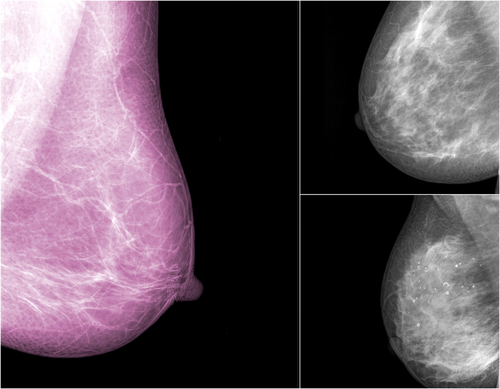Positive data from a study evaluating the clinical effectiveness and clinician and patient satisfaction of the SAVI Scout breast localization and surgical guidance system was recently announced by Cianna Medical. The results were presented in an electronic poster session at the 2016 SBI/ACR Breast Imaging Symposium, April 7-10 in Austin, Texas.
The SAVI Scout is a surgical radiation-free and wire-free guidance system that uses electronic wave technology to localize non-palpable breast lesions, allowing surgeons to precisely remove tissue during surgeries and biopsies. The FDA-approved tool has the potential to improve patient satisfaction, reduce surgery delays, and optimize surgical planning. It has been available since late 2015 and is now being used in 50 medical centers in the U.S.
In the clinical evaluation study (NCT02370082) performed at 11 sites, 154 patients were enrolled and the SAVI Scout device was used to localize breast lesions which were posteriorly removed through surgery.
The primary endpoint was the success rate of the device placement, and secondary endpoints included the amount of tissue excised and the percentage of patients who did not require repeat procedures. The results revealed a 100 percent surgical success rate using Scout, with a low re-excision rate. Moreover, targeted lesions and reflectors were successfully removed in all cases where localization was performed.
Seventeen surgeons and 24 radiologists contributed to the study. The satisfactory results from patient and clinicians indicated that, among radiologists, the Scout system was rated favorably at 4.1 on a scale of 1 to 5, where 3 was seen as Scout having equal favorability to wire localization. Among surgeons, the system was rated 3.9 at ease for localization and 4.9 in ability to start cases earlier. In a post-procedural survey, 97 percent of patients said they would recommend Scout to other patients.
“These data confirm previous findings demonstrating that real-time surgical guidance with Scout is a clinically reproducible, safe and effective technique for directing the removal of non-palpable breast lesions with no wires or radioactive materials,” Jiyon Lee, M.D., assistant professor in the Department of Radiology at NYU Langone Medical Center, said in a news release.

